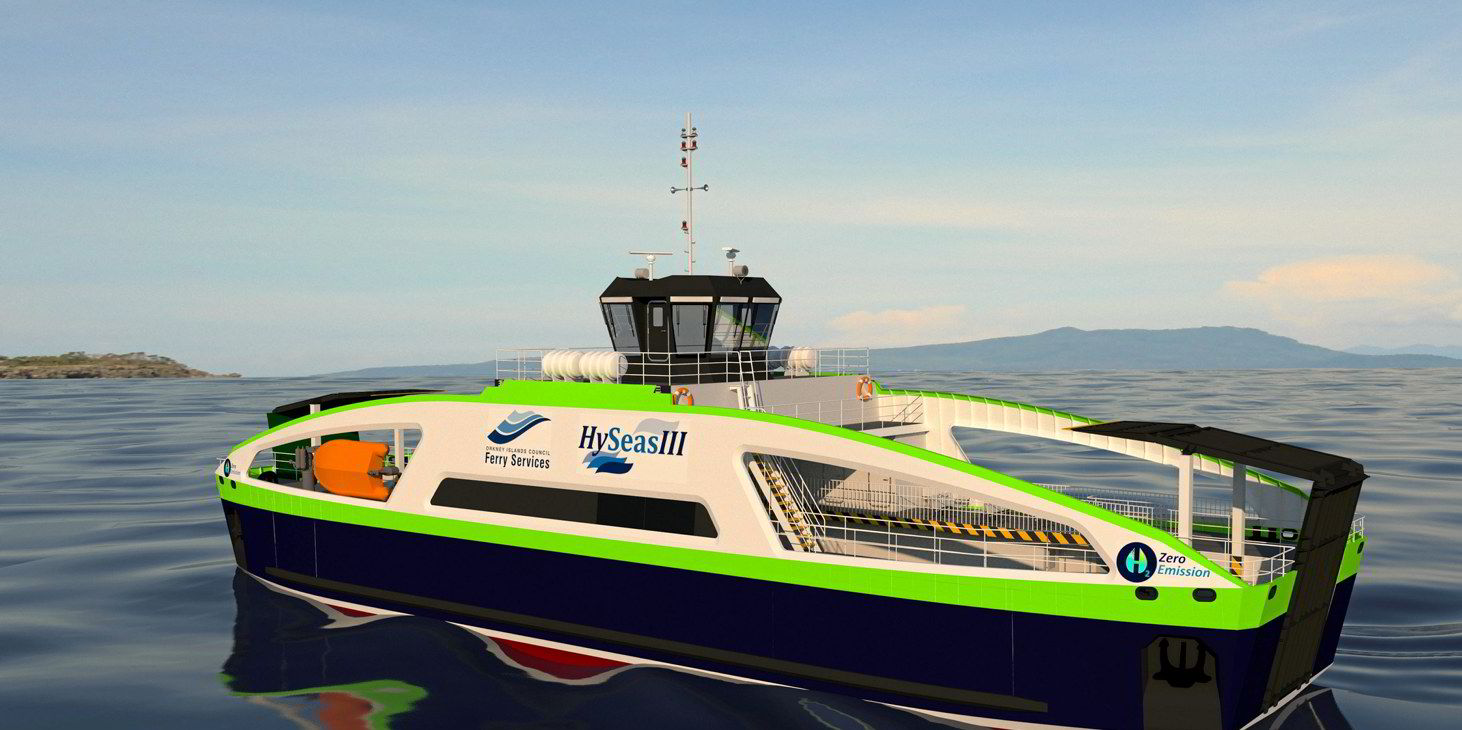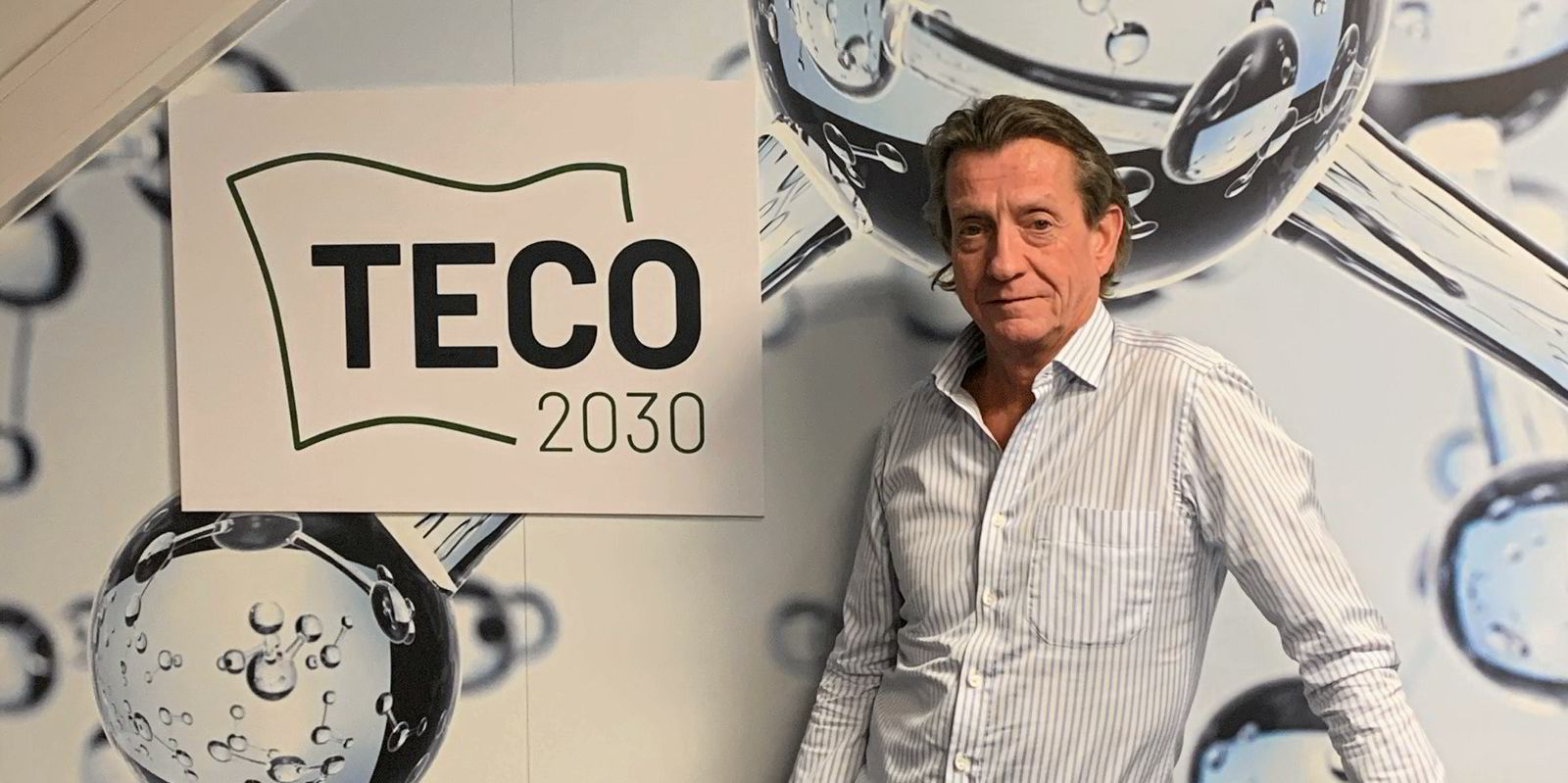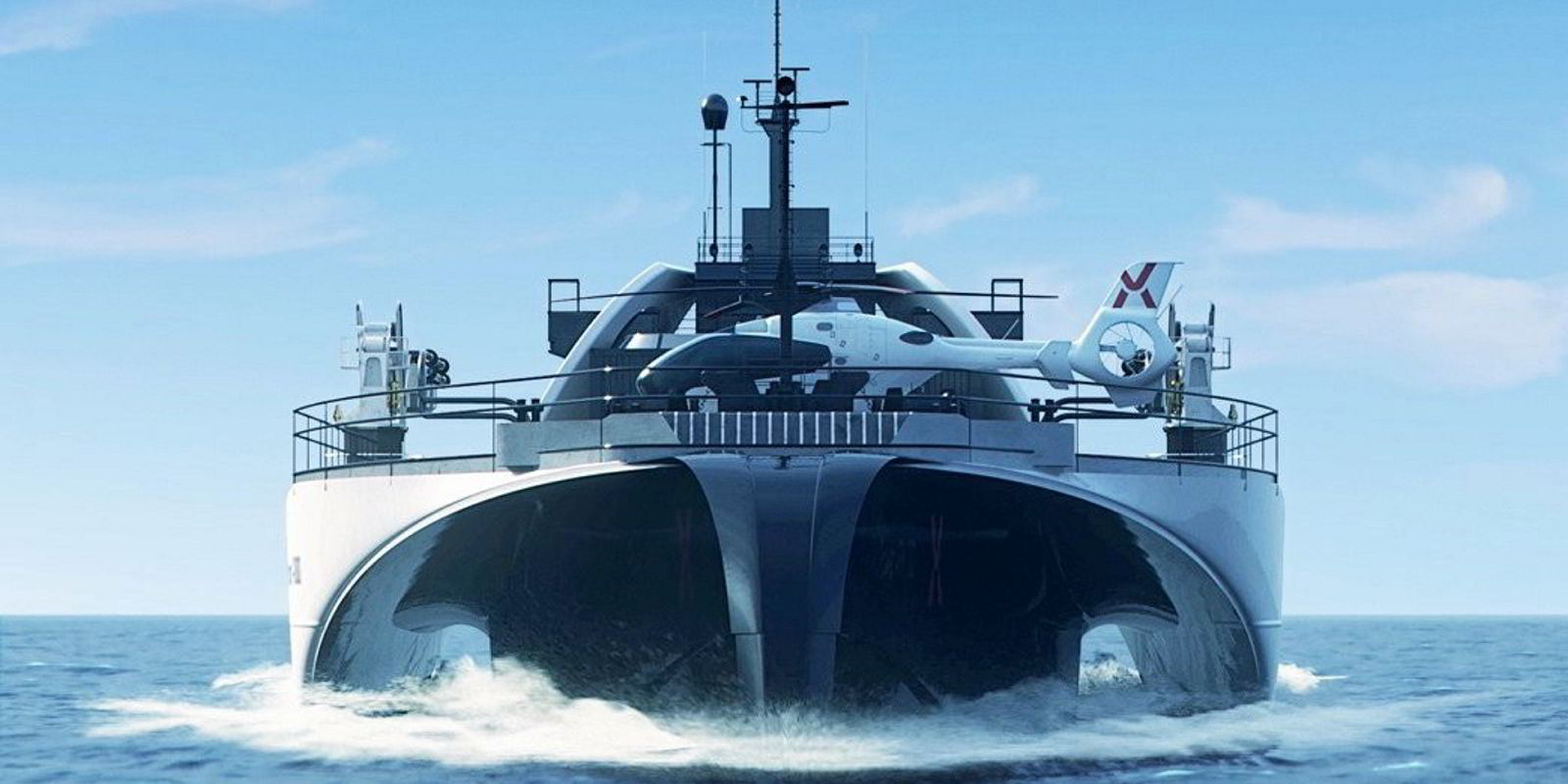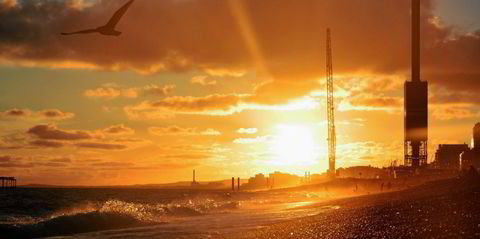Initial design plans for Europe’s first seagoing ferry to be powered by hydrogen fuel cells have been completed.
The drawings show what the HySeas III double-ended vessel that will run on and store energy from renewable sources is likely to look like. It will have a capacity for 120 passengers, in addition to 16 cars or two trucks.
The ferry has been designed to operate on a route between Kirkwall and Shapinsay in Orkney, where hydrogen fuel is generated from wind power.
Full-size string testing, which will confirm the ferry's power and fuel capacity requirements for the route is, currently underway in Bergen, Norway. It aims to demonstrate the full fuel cell and battery multidrive propulsion system.
The next stage of the project will see the AqualisBraemar LOC Group seek approval in principle for the design from classification society DNV.
By March 2022, the aim is for Scottish ferries firm Caledonian Maritime Assets Ltd (CMAL) to seek funding partners to take an approved design to the procurement stage, leading to eventual construction of the vessel.
The EU-funded HySeas III programme involves CMAL, St Andrew’s University and the Orkney Islands Council alongside European maritime technology companies including Norway's Kongsberg, Ballard in Denmark and Sweden's Interferry.
CMAL fleet manager and projects director, John Salton said: “We know that maritime transport remains the UK’s largest emitter of greenhouse gases, and our HySeas III project will pave the way for the first seagoing vessel using purely renewable energy."
Once the designs are approved, the engine to be used in feasibility studies will be built, he added.






